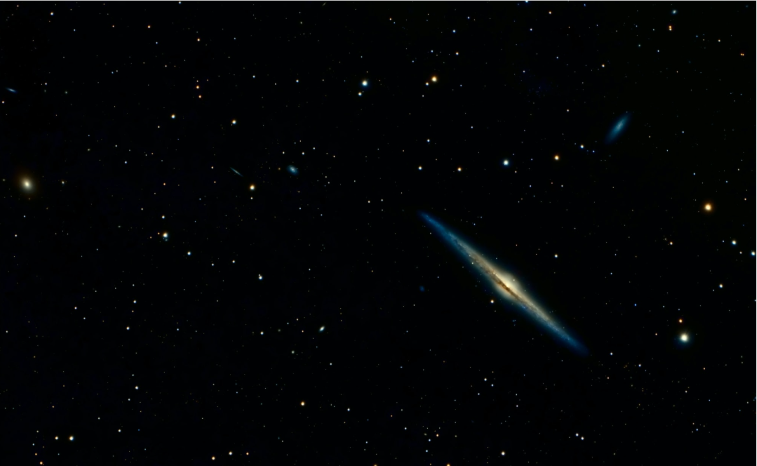Oort cloud structure – how many comets are we talking about?

Research from the very end of the 20th century says that it is very possible that the number of comets that could be seen in the night sky suddenly increased at the end of the Eocene, about 36 million years ago, and that it decreased slowly for the next two to three million years.
The late Eocene is known as the age of mass extinctions on Earth of medium intensity. Several craters from that period are also known. There are traces of impact objects in rocks on Earth, such as a layer of iridium and microtektites and a large amount of helium 3, which is abundant in comets.
Fortunately, Earth is now not in danger from the comet swarm. Using the star catalog created by the Hipparcos satellite, the paths of stars in the vicinity of the solar system were reconstructed. No star has passed very close to the Sun in the last million years.
The next close pass will occur in 1.4 million years when a small red dwarf star, Gliese 710, will pass right through the outer Oort cloud at about 70,000 AU from the Sun. However, due to its small mass, it is estimated that Gliese 710 will increase the number of comets in the inner solar system by about 25%, so there will not be much greater danger to Earth from a comet impact.
In addition to the influence of stellar transits, the Oort cloud is large enough and far enough from the Sun that the tidal forces caused by the disk of the Milky Way, and, to a lesser extent, the Galactic nucleus are very noticeable. These forces help nudge new long-period comets toward the planetary region.
Cloud characteristics
The big question about the Ort cloud is its very structure. In order to know something about the structure, it is necessary to know how stellar, galactic perturbations change the trajectories of comets in the cloud.
In order to see these influences, numerical simulations are performed. Comets at the very outer end quickly disappear from the cloud; either they are ejected into interstellar space, or they head towards the interior of the solar system, all due to perturbations, of course.
But deeper in the cloud there is most likely a much denser inner core of the Oort cloud, which contains comets that are more gravitationally bound to the Sun. They can only be affected by stronger influences and these objects gain energy so that their distance from the Sun increases.

Then they constantly fill the outer Oort cloud and prevent greater scattering of that part of the cloud, because a lot of comets are lost during stronger perturbations. Of course, the number of comets in the inner part of the cloud decreases over time, but it is still large. It is the most populated part of the cloud, with 50-80% of all comets in the cloud.
The Oort cloud is thought to contain a very large number of comets.
How big is that number?
The number of comets depends on the rate at which comets are ejected from the cloud into interstellar space. Based on the number of long-period comets that come into the planetary region and that we observe, astronomers estimate that there are two to five trillion comets in the cloud.
This information makes the comets of the Oort cloud the most numerous bodies in the solar system. Of all those comets, only one-fifth to one-half of them are located in the outer, active part of the cloud first described by Jan Oort.
Other comets, which we do not see, because they do not come to the planetary region due to the fact that they are closer to the planets and have more stable orbits, are located in the central part of the Oort cloud. It is estimated that the entire cloud has a mass of about 15-40 Earth masses.

